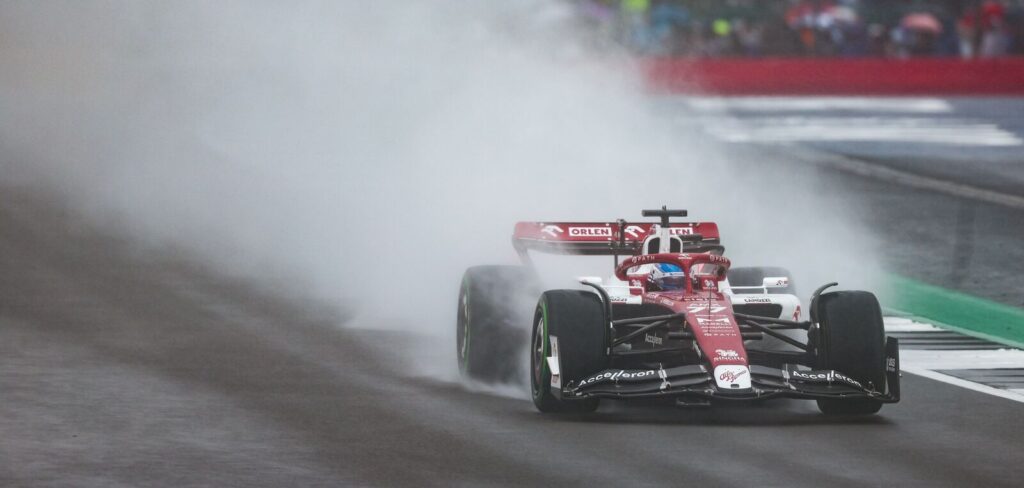The FIA World Motor Sport Council (WMSC) has approved several changes to the 2022 and 2023 Formula 1 Technical Regulations to address two key safety concerns – the phenomenon of vertical oscillations (‘aerodynamic porpoising’) and the safety standards for the roll hoops of Formula 1 cars.
FIA President Mohammed Ben Sulayem said, “Safety is absolutely the highest priority for the FIA, and we have devoted significant time and resources to the analysis and resolution of the issue of porpoising. I have personally discussed this matter with all of the teams and drivers, and while of course there are some differences in opinion owing to varying competitive positions, it is very clear that the FIA has a duty to act and ensure that the drivers are not put at undue risk of injury as a result of this phenomenon.
“It was evident that an update to the requirements for the roll hoops was needed after the crash of Zhou Guanyu at Silverstone, and while this incident showed us all how remarkable the safety systems in Formula 1 are, it also proved once again that we must continue to innovate and pursue safety matters without compromise.”
The phenomenon of vertical oscillations (‘aerodynamic porpoising’), combined with low ride heights and minimal rake have been discussed several times in the FIA’s Technical Advisory Committee meetings. The appearance of this phenomenon raised concerns about safety and the health and well-being of the drivers.
While the effect of this phenomenon has been less pronounced on some recent circuits, the FIA believes that its occurrence, and the associated safety issues, will remain and potentially become even worse in the future.
After what the FIA terms extensive consultation with teams, the FIA has revised the F1 Technical Regulations for 2022 and 2023.
From the Belgian Grand Prix, the FIA will be measuring the phenomenon and expecting teams to operate below a certain threshold in order for their car to be considered safe. The Technical Regulations will be amended to limit the flexibility of the central floor area, with changes to re-define the stiffness requirements of plank and skids around the thickness measurement holes.
From 2023, the rules will raise the floor edges by 15mm, while the diffuser throat height will also be raised, the FIA noting that these changes should not require any mechanical design changes. The edge stiffness of the diffuser will also be increased, while additional sensors will be mandated to monitor porpoising.
Roll hoop failure
Following Alfa Romeo driver Zhou Guanyu’s accident at the start of the 2022 British GP, the FIA has conducted a detailed analysis of the crash, in particular the failure of the roll hoop on Guanyu’s car.
The analysis indicated that the pointed top of the roll hoop dug into the tarmac, which contributed to the high horizontal force which led to it breaking off. Notably, the wording of the current regulations allows teams to homologate their roll hoops with forces acting through a lower point than intended. This can lead to the roll hoop only resisting forces that are lower than originally intended by the regulations. As a result, the investigation assessed that a significant increase in roll hoop strength should be implemented in Formula 1.
As such, from 2023, the tops of roll hoops will have to feature a rounded profile, and there will be a change to the minimum height for the point of application of the homologation load test. There will also be a new test added which applies a load in the forward direction. Furthermore, from 2024, new regulations will up the loads the roll hoop must resist.



